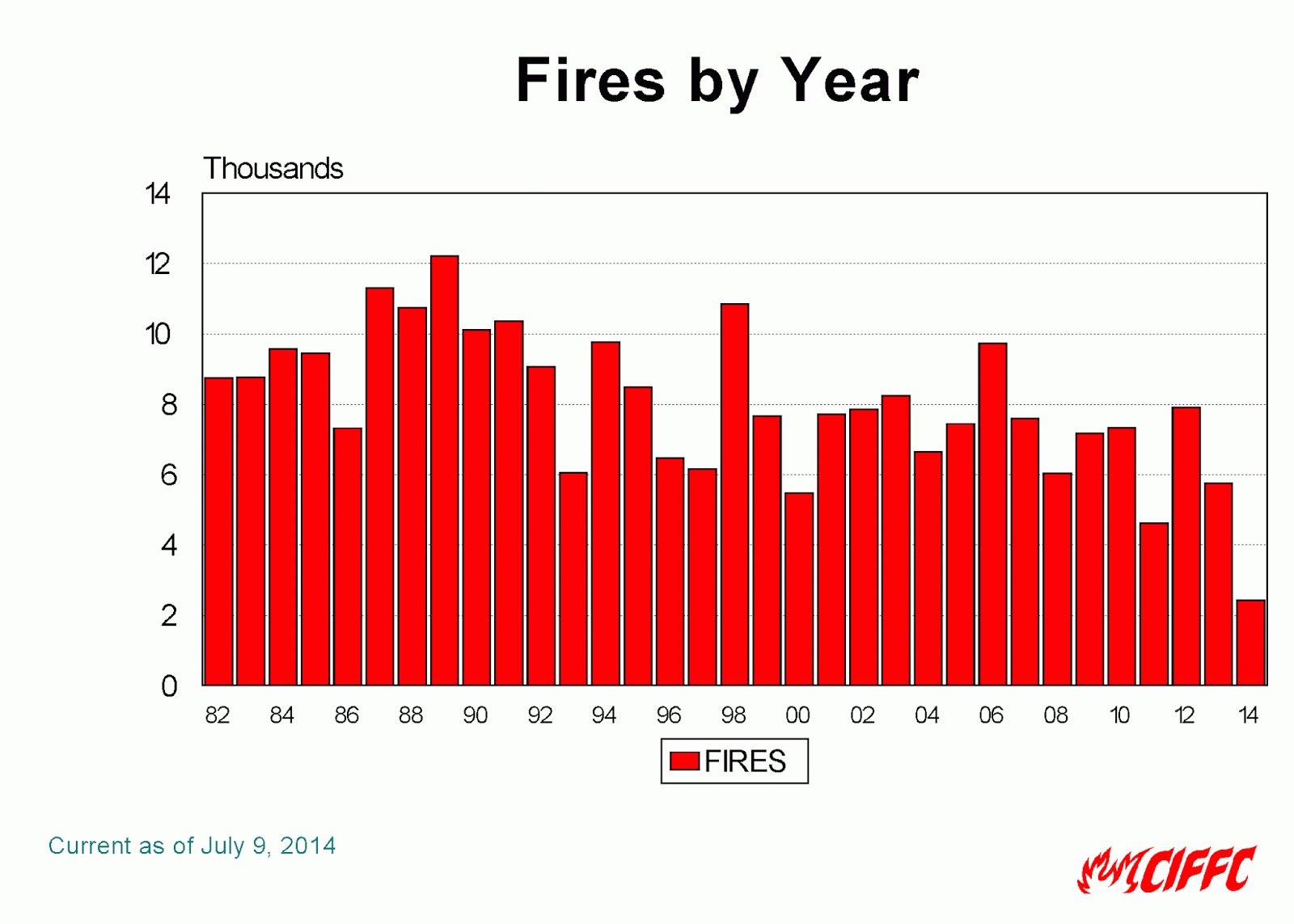The 1986
Ottawa Charter on Health Promotion was an initiation for many to the new
language and fledging technology of health promotion. 28 years later it appears to be a stale old
hat for some and for others raises hackles and invokes a defensive response. Words like enabling have had their time in
the limelight and faded. Advocacy has
been removed from legitimate discourse.
Yet there remains in the Charter a foundational culture which has
thrived over the past three decades.
Two years
after the Ottawa Charter, the second international conference on health
promotion in Adelaide focused attention on the component of building healthy
public policy. Reviewing the conference proceedings
remains relevant today Adeliade healthy public policy
conference. Interwoven into the proceedings were the
sprouts of the discussions on inequalities and equity that were arising from
the European Region of the WHO and the focus of the 5th conference
in Mexico City in 2000. Accountability
surfaced as a major driver of health improvement in Adeliade and the seeds were
sown for the 6th conference in 2005 in Bangkok on building
partnerships.
The policy
discussion circled back for the 8th conference in Helsinki 2013 Statement for health
in all policies. Where Adelaide focused on the micropolicy
issues with the basis that health must of course drive policy, Helsinki
delegates recognized that health was often not adequately incorporated into the
complexity of policy decisions.
Have we
spent 25 years of banging our heads in frustration? If so why, and even if we did, what did we
learn?
Fast
forward to the establishment of the National Collaborating Centres. One of which is dedicated to healthy public
policy NCCHPP within INSPQ. Given
that Quebec is often ahead of the rest of the country it is perhaps fitting
that the centre is housed in Montreal.
The wealth of resources are veritable goldmine although the introductory
course comes with a price tag, the supporting documents that can be accessed on
the site will help converge thinking around policy analysis, logic modelling, knowledge
synthesis, impact assessment, economic evaluation, ethics, engaging
democracies, advocacy and more.
Spend a few
minutes, hours or days combing through the site. It does not win awards for usability but
should win awards for the applicability of content.




